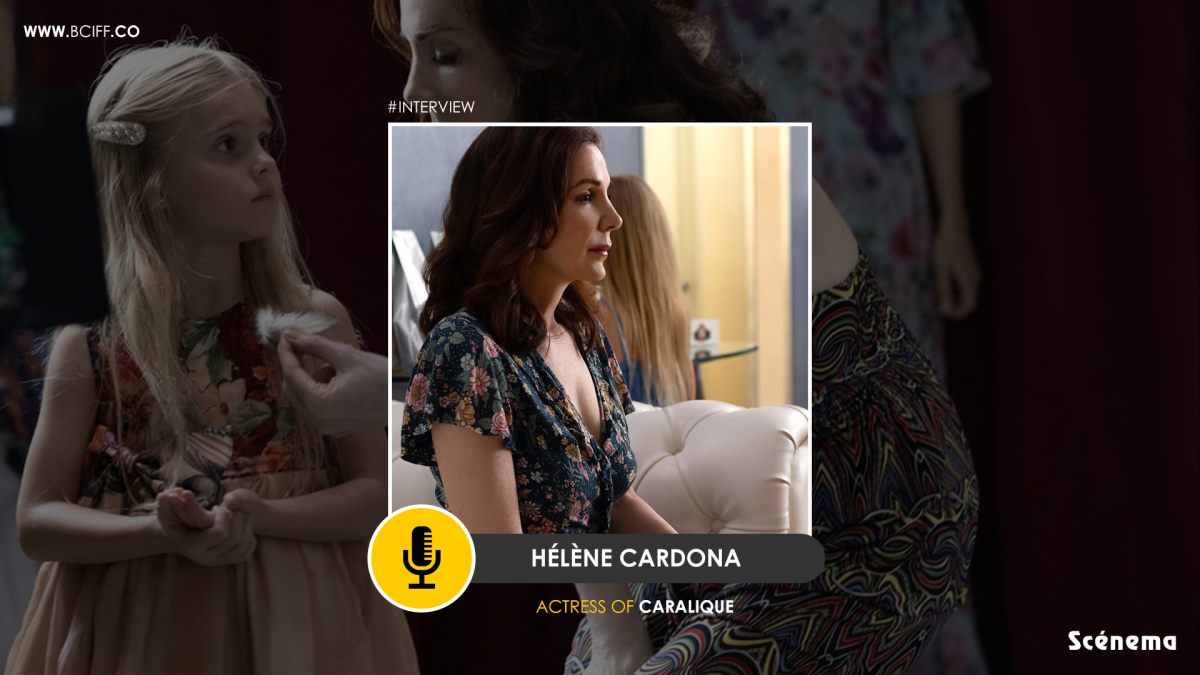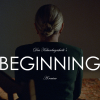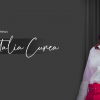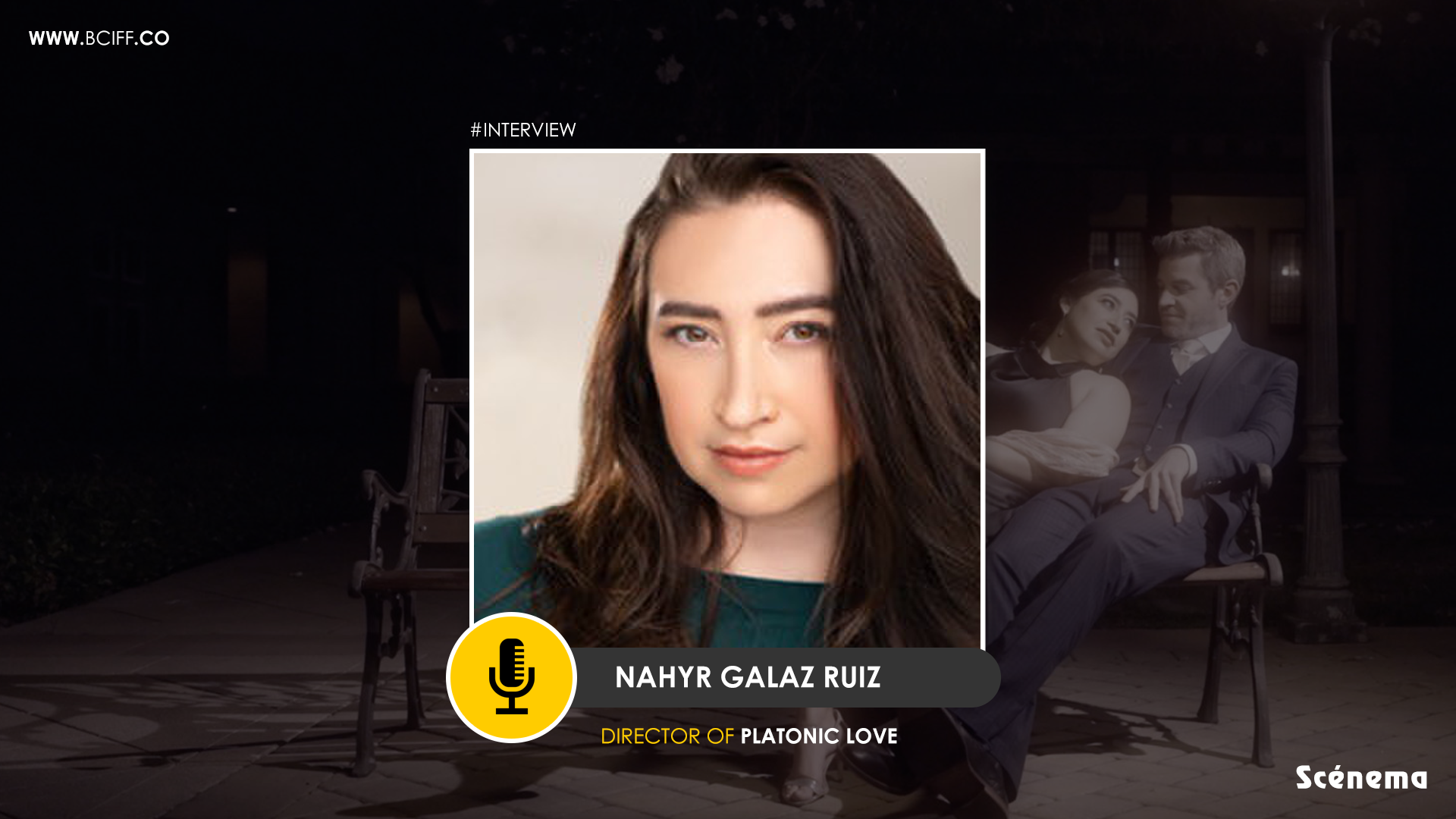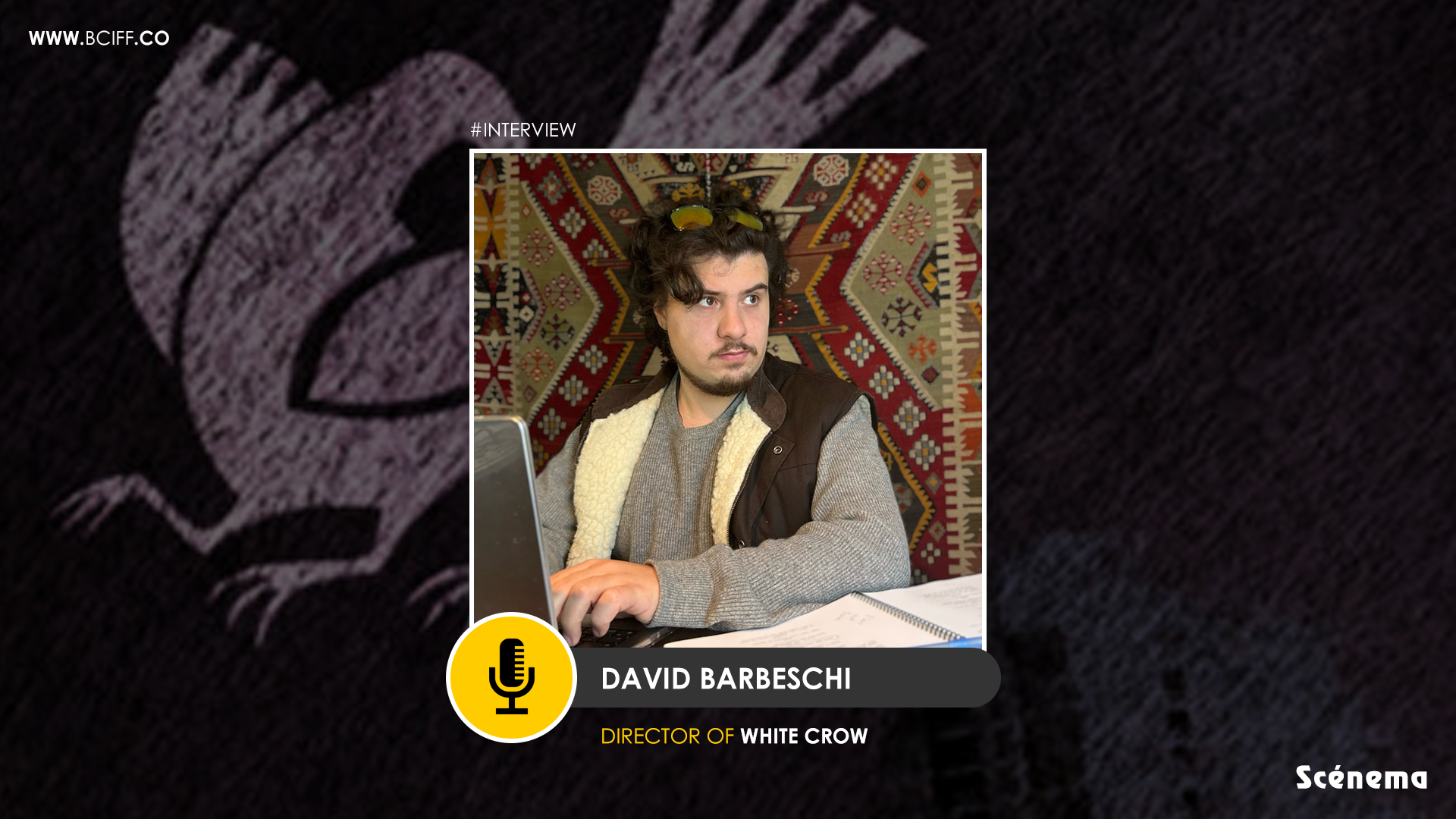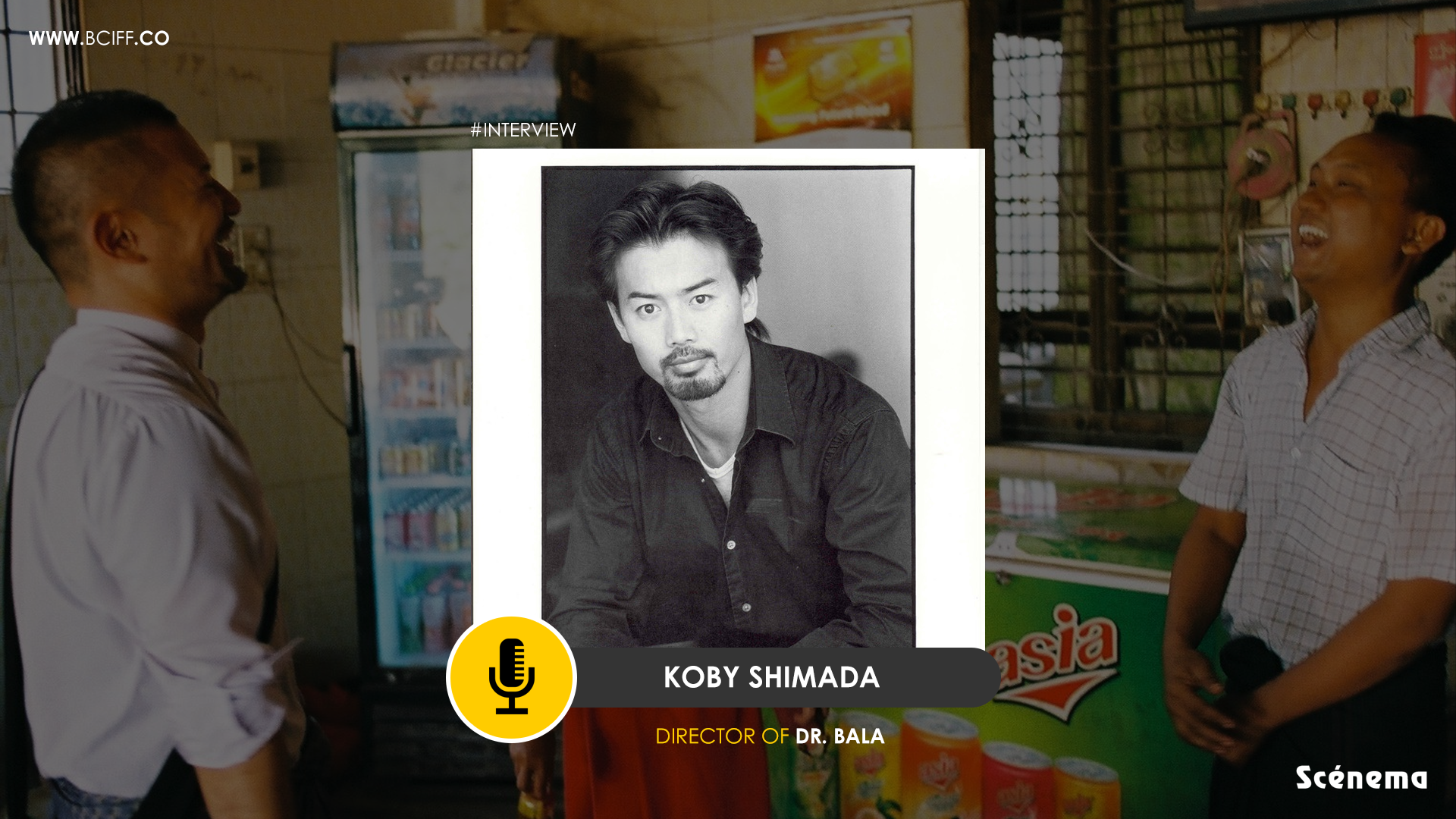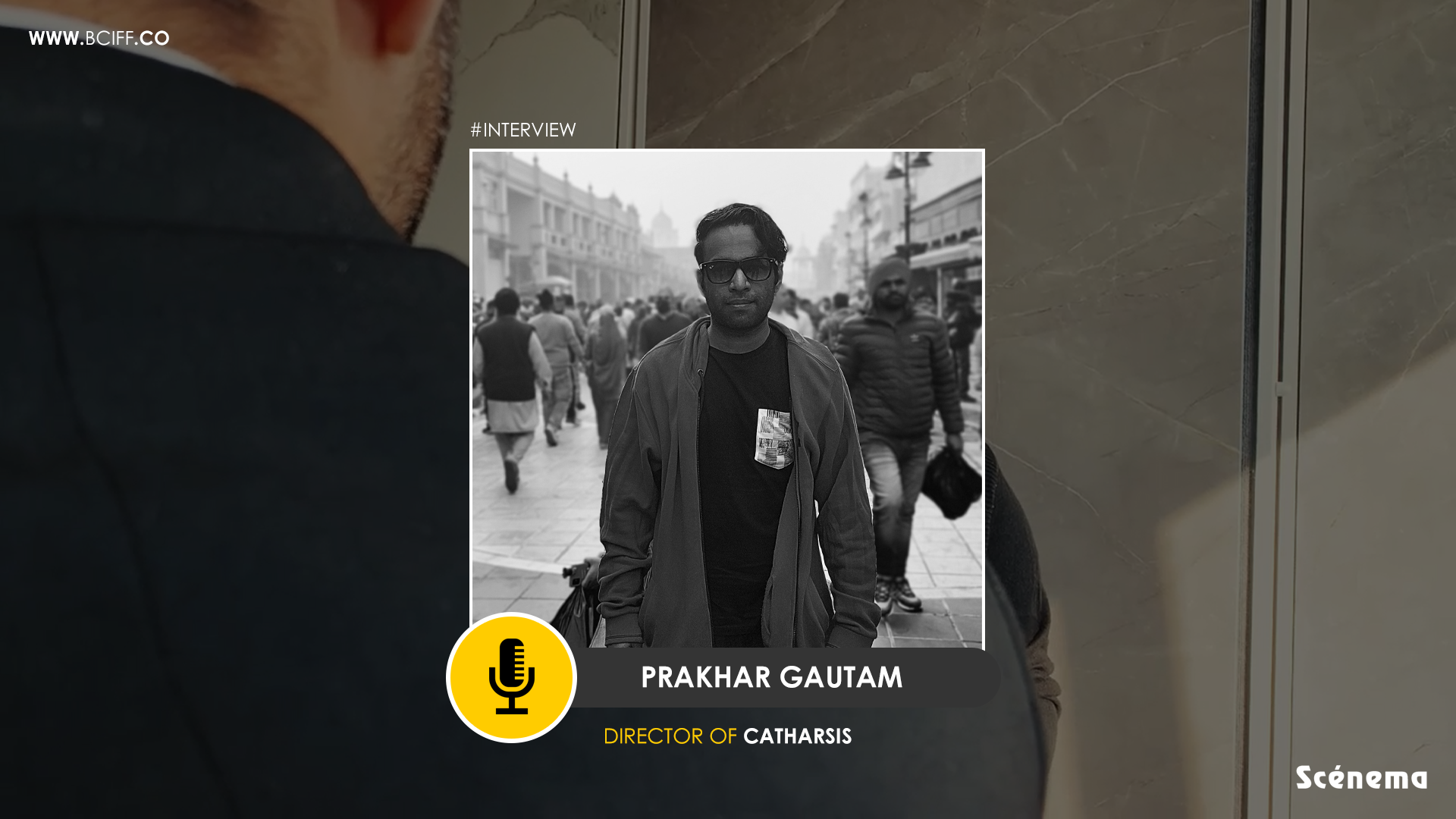Movie: Caralique
Interview with Hélène Cardona
When and how were you approached to play the role of Arlette Linstrom?
Last summer, a mutual friend recommended me to director Elizabeth Blake-Thomas, who then interviewed me. She sent me the script, and after I read it, we had a long talk about the story and the characters. I loved this beautiful mother-daughter story and my character, Arlette, who is one of the three leads. So, when she offered me the role, I accepted enthusiastically.
What impact do you think the preponderant presence of Arlette Linstrom on the screen creates?
You see Arlette Linstrom from the very beginning of the movie until almost the end. She is the character that is longest on screen. The audience first sees her in flashbacks in Paris before her daughter is born. You see her with baby Caralique, while sewing in her atelier, right after moving to the United States, and when she is a successful designer. In the first half of the movie, Caralique is played by Kali Funston, who was seven years old last summer when we filmed, and later, by Isabella Blake-Thomas.
Arlette is full of love. She is the heart and soul of the movie, its emotional core. The audience connects with her right from the beginning, through her creativity and passion for fashion, her resilience, her immense love and sacrifice for her daughter, until the very end. Caralique is her legacy; she keeps her mother’s dreams alive. Arlette’s presence, words, spirit, and soulfulness keep echoing in Caralique’s and the audience’s minds.
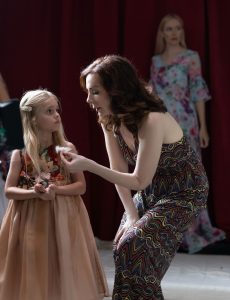
How do you get into the skin of a character? Tell us something about your process.
In this particular instance, it was magical because I resonated so much with Arlette. My mother passed away when she was still young. We were very close and she believed in me before anyone else did. Losing her was devastating. In playing this role, I felt that I was honoring her,that I was paying homage to her in a way. I struggled financially quite a bit when I moved from Paris to New York to train at the American Academy of Dramatic Arts and to get started in this acting business. But I was excited to do what I was meant to do. For many years, I was working many side jobs while auditioning, in between the roles I booked. And I moved a lot. I think I moved eight times in nine years. I would call my mother every week. She never wavered in her support, just like Arlette.
So I know exactly how Arlette feels. She goes through so much and I was able to connect with it all, her life, her backstory, her struggles, her relationship with her daughter and with keeping the dream alive. Arlette’s dream manifests through Caralique’s success.
I felt my mother’s presence while we were filming. I could hear her voice in my head.
We were also lucky to have many rehearsals. Elizabeth and I both come from the theatre and love rehearsing. Because the shooting schedule was so tight and intense, with script changes until the last minute and most times just one or two takes for my character, we rehearsed the scenes several times before filming and that was a blessing.
What was your initial opinion on the script? Has it changed at all?
I loved the script from the very beginning. I connected with it right away. Elizabeth came up with the idea of incorporating French dialogue into it to add another layer. She brought me on board for this. I translated into French the lines that Arlette, Young and Teenage Caralique speak. Later, at the end of postproduction, I was asked to create English subtitles for those lines. I write and translate as well, and have created French and English subtitles for features and documentaries before.
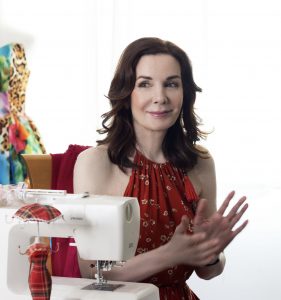
What was your first opinion of Arlette Linstrom? What did you think about the role initially? What did you make of the character?
I just loved her so much. She is all heart. Arlette is an ode to mothers and all they sacrifice. She does everything in her power to help her daughter Caralique succeed in life and in fashion.
Arlette will go to any length to make life better for Caralique. She conjures up magic out of anything. Hers is a magical world. I was reminded of Gabriel García Marquez’s magical realism. Her daughter’s success will also be her success.
They almost become mirrors. Alette has transmitted a lot of magic to Caralique, who will live out her dream for both of them. Arlette sees Caralique as the magical child. She is also her lucky charm. Caralique can tap into the DNA and magic she has inherited from her mother to manifest her dreams into reality.
This way, Arlette’s unmanifested dreams become manifested.
It’s above all a love story. Arlette’s love makes it possible for her and her daughter to overcome and transcend all obstacles. She empowers Caralique to live the life she would have loved to live herself. In this way, Arlette finds a form of fulfillment through her daughter, who is her success story.
What was it like working with Kali Funston?
Kali is simply amazing. She is the wonder child! The magical child! It was such a treat working, or shall I say… playing with her. She was only seven when we filmed and she was such a pro. It’s hard to believe this was her first movie. She always came prepared, knew her lines, understood the scenes. She’s a very serious actress, very focused and dedicated to her craft. And very natural at the same time. She’s bilingual. She’s also a dancer, and being a former dancer myself, I know it requires a lot of discipline. She was always happy to be on set.
There were some last-minute changes to the script, and she always learned her lines right away. She proved very adaptable. I can’t speak highly enough of her. I wish her the very best and hope we get to play together again. She’s incredibly gifted.
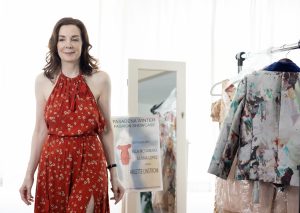
Tell us something about your own unique experience working in the movie. Something that you are taking back.
Many personal memories from when I was a child with my mother were echoed in the movie. For instance, I remember my mother sewing on her Singer machine. She used to make me clothes. So the sewing machine was instantly imbued with a deeper meaning. It was more than a prop, or tool, it also brought me back in time and took me to a personal space, which became superimposed to the set.
And my Spanish grandmother (on my father’s side) happened to know a wonderful seamstress, who used to work for a designer. There was a year in my childhood where I had magical dresses.
I love all the dream weaving images through the actual making of the garments and the tale that I am reading to Young Caralique. They’re shamanic.
When I was seventeen years old, I got into medical school. I dropped out after two years. I had a breakdown. It wasn’t for me. But life has a funny way of working things out. And medicine came back into my life by way of shamanism and dreamwork. I developed that interest first in New York, and kept pursuing it in California. I trained with different shamans, in particular in Inca shamanism with Alberto Villoldo and the Four Winds Society, and with Valerie Wolf. I love this holistic approach to medicine.
I was introduced to dreamwork by Sandra Seacat, who I studied with when I met her through the Actors Studio in New York. I have kept doing this work for many years now. It’s very therapeutic. It can be used to develop a character in a play or movie, or simply to find answers to almost any question. You ask your subconscious for the answers. In the dream, we are connected to our inner self and to the divine.
I’ve worn many hats over the years: poet, writer, actor, teacher, translator, dancer, musician, shaman, dream analyst. I give voice to mutable selves through the prism of dreams, myth, legend, fantasy, plays, movies. Acting and writing are tools to explore identity and find home. These are also Caralique’s themes.
I put all my experiences to use. Acting and writing are transformative and healing. They are a process of self-revelation, an exploration of hidden dimensions in myself. It’s also at the same time a way to become myself, a process of individuation I try to create throughout my life — a profound experience of the fundamental interconnection of all in the universe. They are cathartic and extend a search for peace, for serenity, rooted in a desire to transcend and reconcile the fundamental duality I see in life. Ultimately, I seek expansion of consciousness.
I write as a form of self-expression, fulfillment, transcendence, healing, to transmute pain and experience into beauty. By creating a piece of art, we heal ourselves, and then we heal others because they recognize themselves in the stories we tell. That’s the beauty of it. It’s why we go to the theater and to the movies. It’s such a transcendental and therapeutic experience.
That’s why we love art. The symbols are there. And we respond to symbol and myth. This is the way we tell stories, how we move forward in life.
Whether writing, dancing, or acting, I find myself in an exalted state of concentration and consciousness, like a meditation or trance. It’s as if time stops or expands and I’m able to touch other worlds and keep a sense of connection with what is bigger than me.

